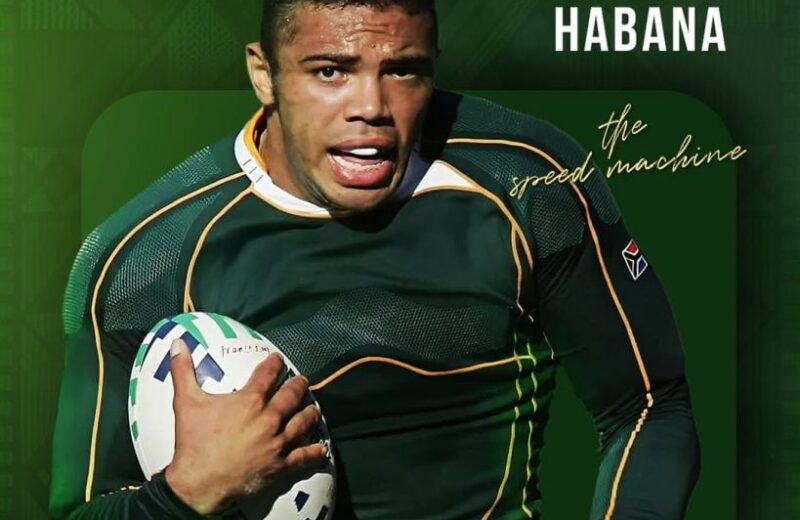Hwange National Park Needs US$21M But Is Running On Just US$500K
Hwange National Park is in deep trouble. The iconic wildlife haven, the largest in Zimbabwe, needs a staggering US$21 million (around R378 million) each year to function properly. But right now, it’s operating on a shoestring—just US$500,000 (about R9 million).
This shocking revelation came out during a workshop hosted by the Zimbabwe Parks and Wildlife Management Authority (ZimParks) at Hwange Safari Lodge from June 25–26, 2025.
“Hwange is under pressure,” said ZimParks spokesperson Tinashe Farawo.
“We need about US$21 million to manage the park annually, but we are receiving less than US$500,000. That’s the reality we are working with.”
The meeting marked the 10th anniversary of the Zimbabwe Elephant Management Plan. It brought together conservationists, traditional leaders, donors, and government officials.
Park collapsing under weight of elephants
Hwange is bursting at the seams with elephants. The park has far more than its carrying capacity, and the effects are being felt.
“The overpopulation of elephants is leading to serious habitat degradation,” Farawo explained.
“There are too many elephants in one space. Trees are being destroyed, and there is increased conflict with surrounding communities.”
Traditional leaders from Hwange who attended the event didn’t hold back. They said their people were suffering.
“Our crops are being destroyed,” said one of the five chiefs who spoke.
“People are being injured, and there’s no meaningful benefit to us from the presence of these animals. We live in poverty while the elephants destroy everything.”
Donors step in—but it’s not enough
Despite the funding crisis, some support is still coming in. Two U.S.-based pro-sustainable use organisations—Conservation Force and the Dallas Safari Club—along with the Zimbabwe Professional Guides Association, donated crucial equipment worth US$200,000 (roughly R3.6 million).
Their donation included:
-
A brand-new all-terrain Land Cruiser (only the second since 2016)
-
15 laptops and 5 printers for research teams
-
Two state-of-the-art drones equipped with thermal imaging for hippo surveys
“This shows the hunting-conservation model works,” Farawo said.
“It’s not about killing animals for fun. It’s about using resources sustainably to fund conservation.”
But he added that these donations, while appreciated, were a drop in the ocean.
“We are calling on the global community, on stakeholders everywhere, to engage with us. Hwange is a global asset. We can’t do this alone.”
ZimParks urges public input on new plan
With the current 10-year Elephant Management Plan (2015–2025) coming to an end, ZimParks is now working on a new strategy. They are calling for public input.
“We are inviting everyone to submit ideas,” said Farawo.
“We need a new approach. This is a shared responsibility.”
Submissions for the new plan must be made before 30 July 2025 and sent to ZimParks via Tinashe Farawo at +263 772 433 901 or [email protected].
Follow Us on Google News for Immediate Updates
The post Hwange National Park in Crisis: Zimbabwe’s Biggest Park Needs US$21M But Is Running On Just US$500K appeared first on iHarare News.












